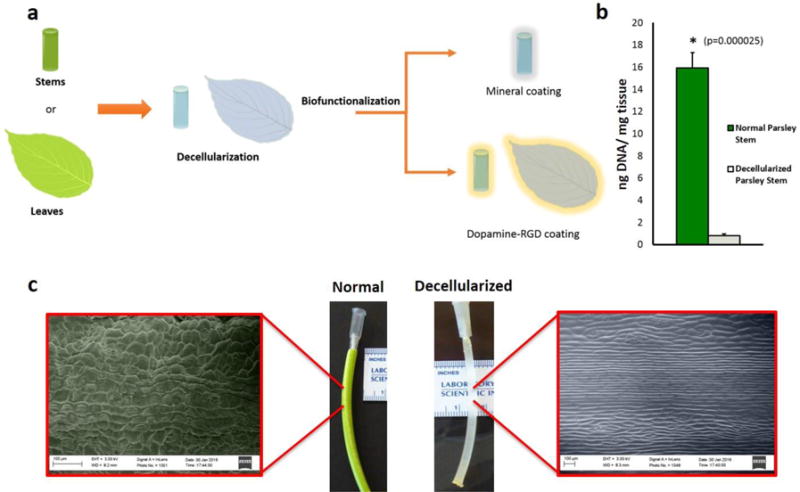Figure 1. Decellularization of plant tissues.

a, Conceptual illustration of plant tissue processing. The cellular component of plant stems or leaves was eliminated by immersion in a series of detergents and bleach. Plant tissues were then biofunctionalized to provide a substrate for adhesion of human cells, using either biomineralization or coating with dopamine-conjugated RGD peptides (RGDOPA). b, DNA quantification in parsley stems, measured using the CyQuant® assay, showing a marked decrease in DNA content after decellularization. (*) represent statistically significant differences using paired student’s t-test n=3, p<0.05. c, Images displaying different appearance between normal and decellularized parsley stems. Color-enhanced SEM micrographs highlight the presence of a waxy cuticle on the surface of normal parsley stems, while the immersion in a hexane bath during the decellularization process dissolved the hydrophobic waxy layer and left a grooved surface structure.
